The illustration world is small, and the SFF art community tiny. Usually tiny scenes breed bad behavior. It has never ceased to amaze me that the smaller a scene or subculture—the less geography to fight over—the more people will fight over it. I’ve experienced this in scenes as small as steampunk and ska punk. I have seen the most ridiculous dramas unfold in small groups of competitive people. Our SFF illustration scene is different. Sure there’s controversies and flare-ups, but the vibe here is overwhelmingly positive. I can’t name another creative group that is so nurturing to newbies. Students and recent grads are patted on the head and pointed right at the pros, encouraged to ask for advice. In many other scenes, art directors are known for hiding in some indecipherable scavenger hunt of pieced-together email addresses. Here we are easily found, quick to give a portfolio review, and are constantly spinning off some project that will require great amounts of work for little to no personal financial reward.
Sure, I’m guilty as hell of that, with all the Drawn + Drafted projects and everything else, but I learned it from the masters of community-building that shepherded this scene way before I got here. The Fenners with Spectrum, the Wilshires with Illuxcon, Irene Gallo’s original Art Department blog and all the Tor projects and events at the Society of Illustrators. Rebecca Guay’s Illustration Master Class and smArt School. This very blog and Dan Dos Santos who never forgets to remind all of us to post and keeps this rowdy lot going. (I kid you not he just texted me to make sure I remember to schedule my post properly.) I hate listing things like this because I’m so paranoid about who I’m leaving out and it’s a lot of people, so I’ll just apologize for that now.
One person I can’t leave out is Jon Schindehette, who creates a sense of community and pulls people together as easily as most people make their bed. Forget how many years of artists he’s mentored and career’s he’s launched, he also writes pretty much all the content on the very personal and super valuable ArtOrder blog. On top of that he runs great art challenges that really give new artists the opportunity to push themselves and get their work looked at and critiqued by professionals. And if that’s not enough, now there’s a new level that you may or may not have noticed. ArtOrder is now also a brand new publishing model and business plan.
I am always excited to be a judge on any ArtOrder challenge, but I was honored to be part of the special panel of judges for the Inspired Challenge last year. Terryl Whitlatch, Julie Bell, Rebecca Guay, Terese Nielsen, and Irene Gallo are truly an inspiring group. Forget how impressive the work was—I loved also hearing the stories behind the entries. This is the first ArtOrder Challenge that has become a book, and the images and stories work together to give you a really uplifting experience.
However, that’s not the full story. Unlike many books of art, the artists are not only contributors, but business partners. Everyone gets an equal share of the profits. So that means that if the book sells well, all the artists profit. If you purchase this book, the profit goes straight to the artists. That’s a truly inspiring business model for a publisher. This isn’t about just adding another group art book to your shelf, this is about forging a path to a new style of creator-owned publishing. Even if the book wasn’t worth having on your shelf — and it is, I’ve seen it all — it would be worth supporting this project for the sheer potential of where the platform might evolve. Especially in the hands of someone who has proven over and over how dedicated he is to building communities of artists.
So go order the book, not only to put money directly in the hands of your fellow artists, but also because I am inspired by the future plans down the road from this project, and I want to see them come to life.


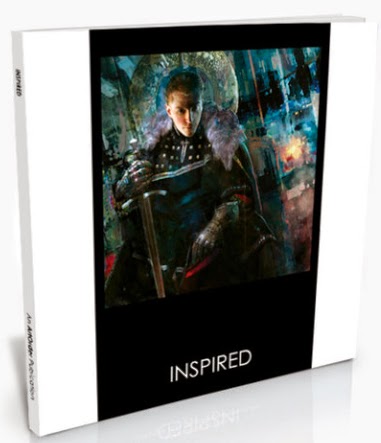
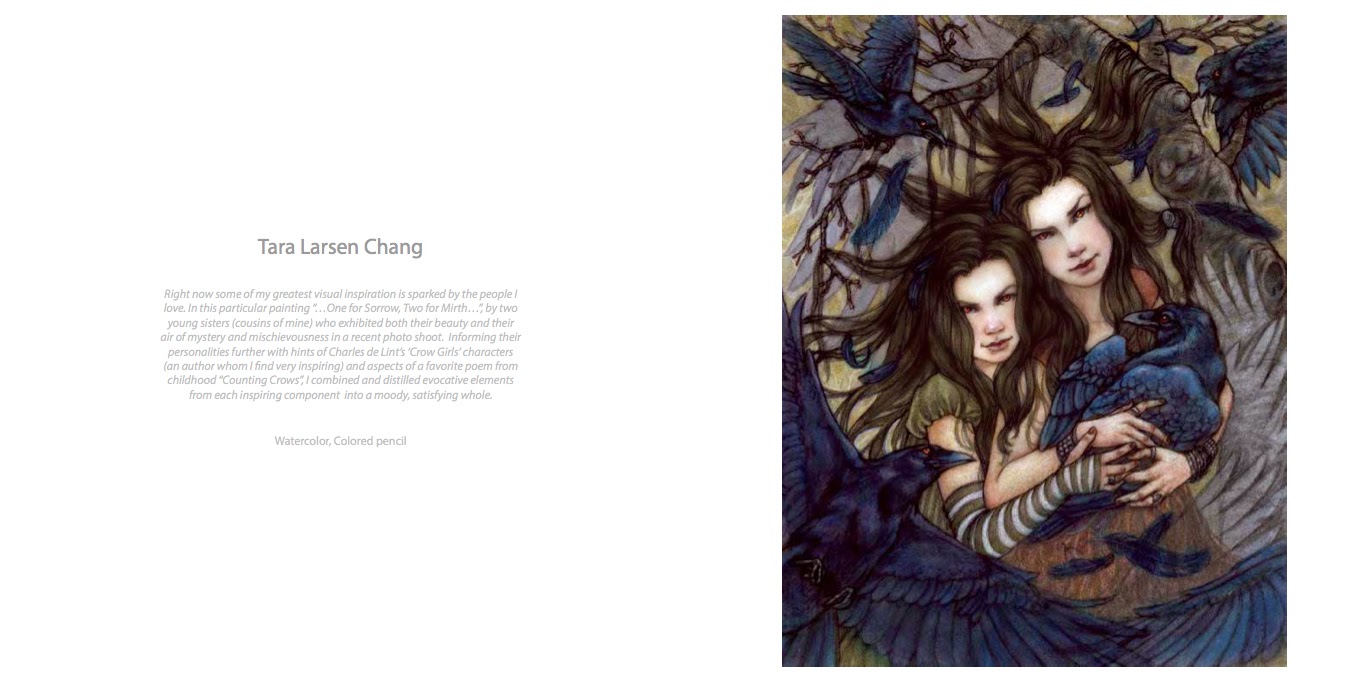




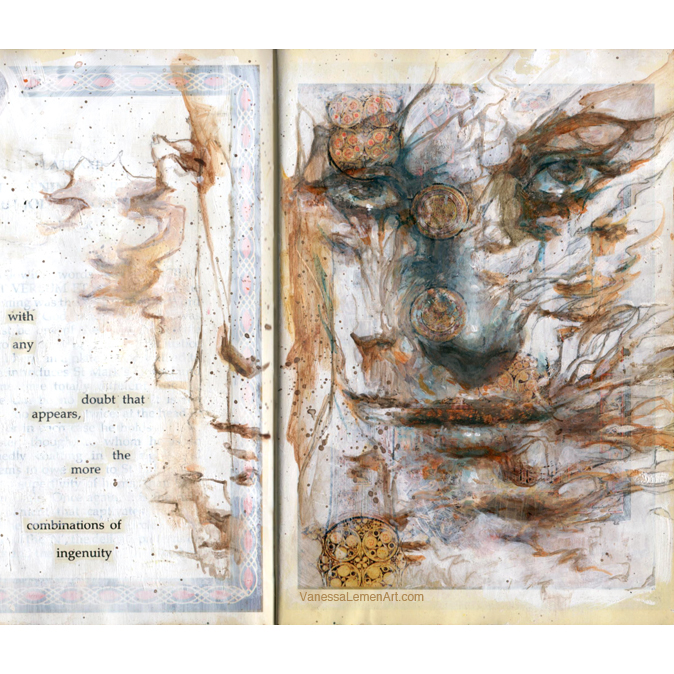
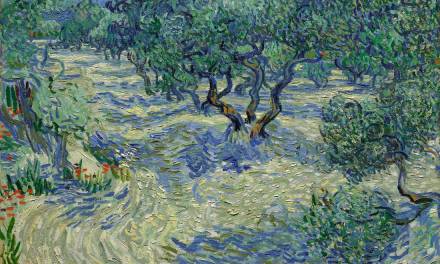
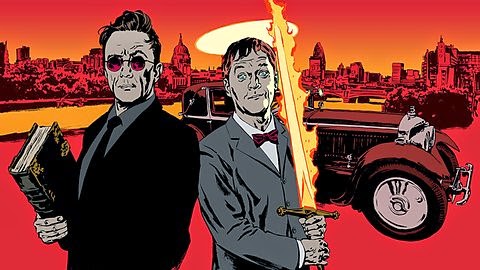
Thank you Lauren for your kind words and for acknowledging this project that is very special to me. I would like to thank all the artists that took part in this project, and have been very patient as I learned all the issues with self-publishing. These special people deserve all the credit, and I wish them much success in this venture!!
A fantastic post madam. I always hear about the Denver illustration salon and various sketch or drawing groups. Do we know of anything like that in the Twin cities area? My own search has been rather fruitless
I've long since bragged to my artist buds (in other realms of creative careers) about how welcoming and generous the SFF community is, and it's only gotten warmer over the years. Yay, us! And thank you Lauren, et al.
*skips off to check out Inspired and get inspired. Ba-dum-DUM.*
That's an amazing House of Leaves piece. Definitely one of those images that I wish I'd thought of first 😉
hmm there HAS to be….BAM. there's a dr sketchy's twin cities http://www.drsketchy.com/branch/Minneapolis
You're welcome.
its such a great mix of newer guys and established guys. great job!
Jon is totally one of my heroes. Thanks for this write-up Lauren!
Ordered mine!
Please continue to write more because it’s unusual that someone has something interesting to say about this.
Will be waiting for more! I have some relevant information you can review below.
Book of Ra
Book of Ra spielen
Book of Ra online